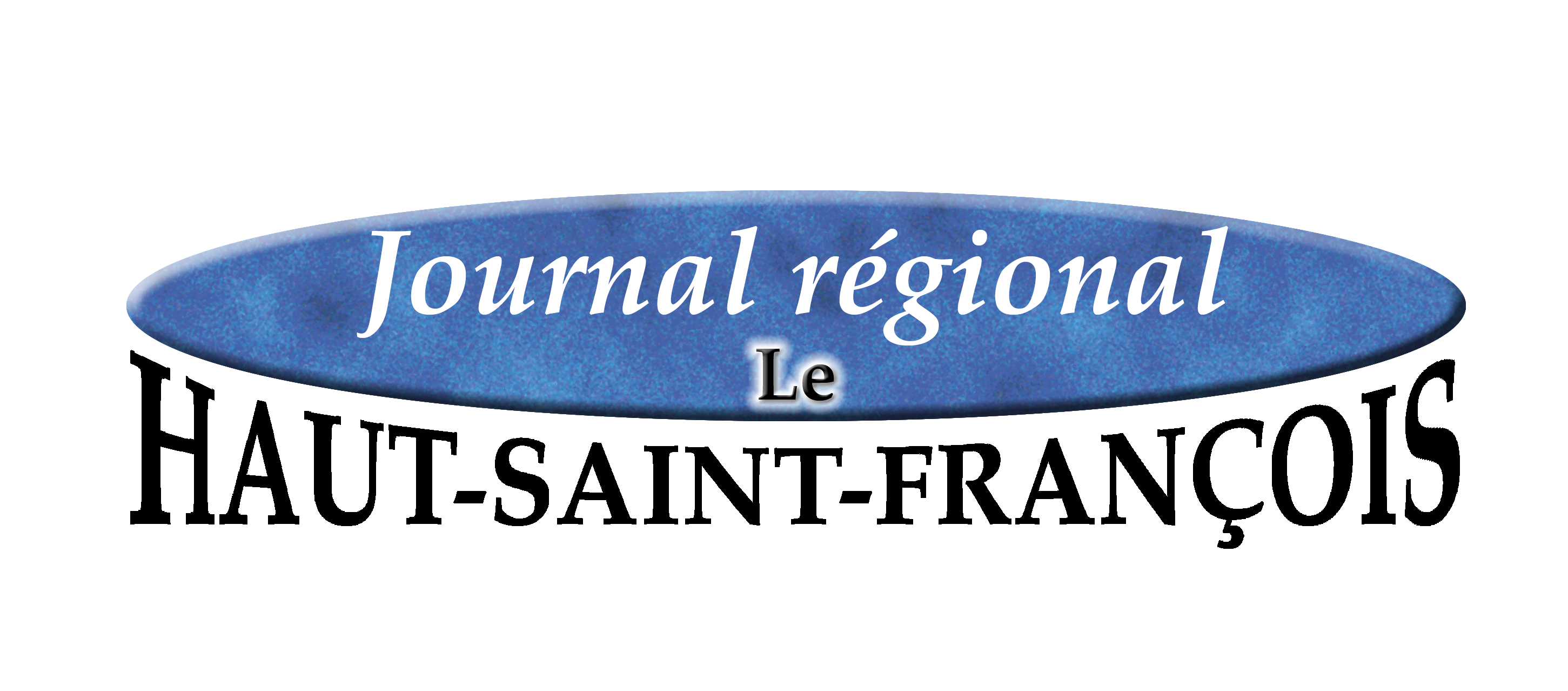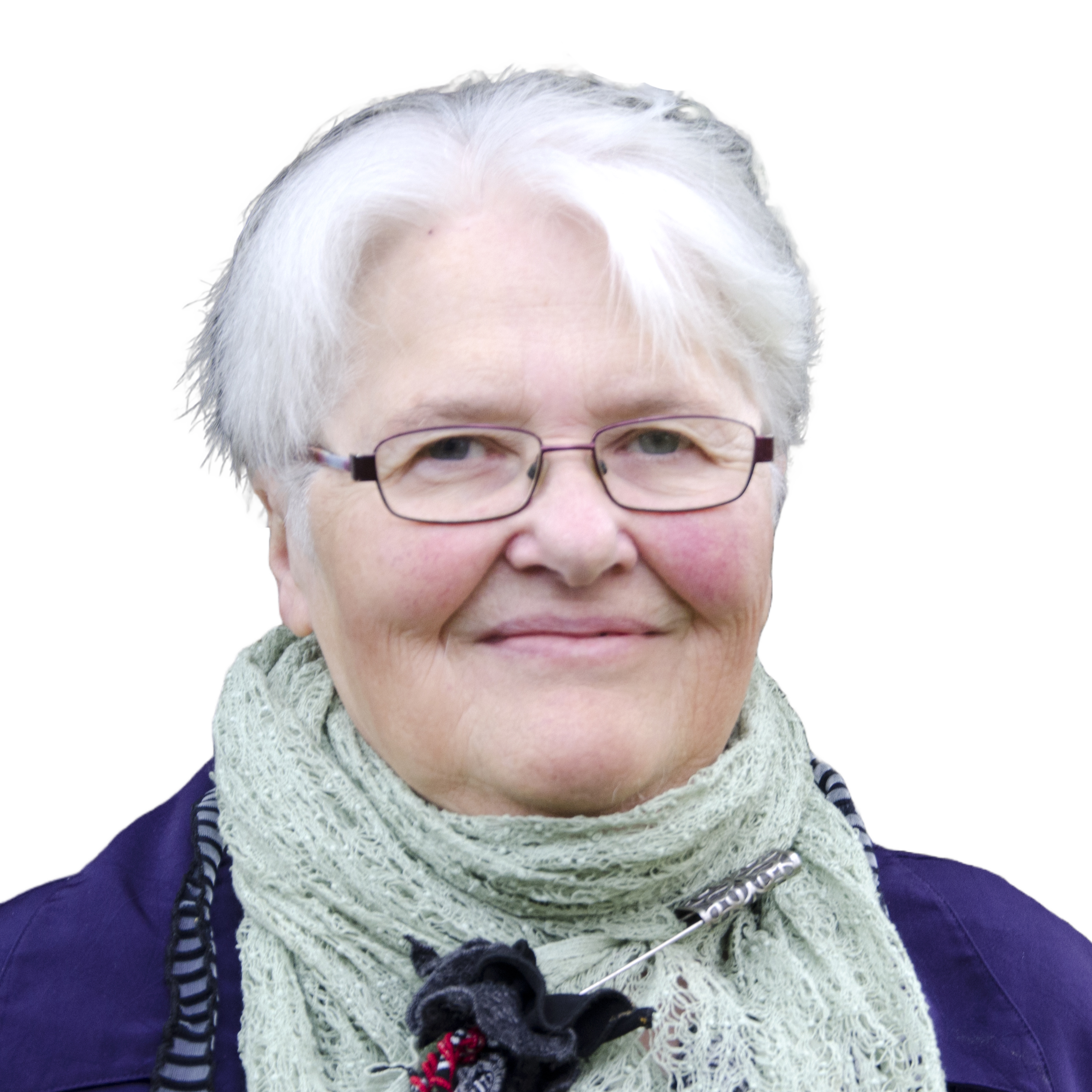You know the banded woolly bear caterpillar, don’t you? The one that is covered with short, stiff hair bristles, bands of black bordering a swathe of brown. The one that is said to forecast the severity of the coming winter.
The one that is in charge of the weather station at the airport in Westbury, you say?
Something I did not know was that the banded woolly bear caterpillar is the larval form of the Isabella tiger moth, a beautiful winged creature wearing yellowish-orange and cream-coloured wings spotted with black. The caterpillars hatch in summer and overwinter under bark or inside cavities of rocks or logs. In the spring, they spin fuzzy cocoons and transform inside them into moths.
I found this information at almanac.com, the Old Farmer’s Almanac online. The almanac also says not to worry if you find an all-black woolly caterpillar; it does not mean winter will be endless! All-black or all-white woolly caterpillars are different species, and do not predict the weather.
And yes, a scientist has inquired into whether woolly bear caterpillars really forecast winter weather. That’s how this all started, the idea that the wider the black bands, the more severe winter will be.
In the fall of 1948, Dr. C.H. Curran, curator of insects at the American Museum of Natural History in New York City, travelled north, collected scads of caterpillars, determined the average size of their brown bands, and on that basis, forecast the winter weather for the New York Herald Tribune. Over the next eight years, he and his friends, the Original Society of the Friends of the Woolly Bear, had lots of fun predicting mild winters. But their sample size was small; they didn’t really have evidence of a link between winter weather and the width of the brown band.
Thirty years later, the idea took force, with Woolly Bear Festivals in October in North Carolina, Ohio and probably elsewhere. Sort of like Groundhog Day. All in good fun.
But read on. Mike Peters, an entomologist at the University of Massachusetts says there could indeed be a link between winter severity and the brown band of a woolly bear caterpillar. “There’s evidence,” Peters told the Almanac, “that the number of brown hairs has to do with the age of the caterpillar – in other words, how late it got going in the spring. The [band] does say something about a heavy winter or an early spring. The only thing is… it’s telling you about the previous winter.”
Hmm. The thought occurred to me – could we learn something from the woolly bear? Perhaps that correlation (less brown and severe winter) is not necessarily cause and effect? Or that the effect and cause might be reversed – that harsh winter causes caterpillars to hatch late, and sport more black?
Isn’t science fascinating?
BEING AN ALLY ON PRONOUNS DAY
“Being an Ally: Standing with your LGBTQ2S+ Loved Ones. That’s the topic of an online talk by Dr. Nate Fuks of the Department of Psychology at McGill University, on Wednesday, October 20, at 6:30 p.m. The presentation is hosted by Mental Health Estrie (MHE). It is online, in English, and open to all at no charge.
Emily McBurney of MHE writes, “We invite you to join us on International Pronouns Day (October 20) to further the conversation and increase understanding of the current issues of concern to the LGBTQ2S+ community.” To register, contact Emily at outreach@mentalhealthestrie.com or 819-565-2388. She will send you the zoom link.
Ok, here are some clarifications. “International Pronouns Day seeks to make respecting, sharing, and educating about personal pronouns commonplace. Referring to people by the pronouns they determine for themselves is basic to human dignity. Being referred to by the wrong pronouns particularly affects transgender and gender nonconforming people. Together, we can transform society to celebrate people’s multiple, intersecting identities.”
You can find that explanation at pronounsday.org. The annual Pronouns Day began in 2018, and is the third Wednesday of October.
Now then, what does LGBTQ2S+ stand for? Lesbian-Gay-Bisexual-Transgender-Queer or Questioning-Two-Spirited. The plus-sign signifies a number of other identities; check ok2bme.ca for more information.
COOKSHIRE ART EXHIBIT ENDS SOON
The Cookshire-Eaton Art Gallery exhibition of landscape paintings inspired by the Haut-Saint-François, Le Haut en tableaux by Ginette Djinn Bertrand, Diane Dugal, and John Ward, continues on Sundays only, from 12 to 4 p.m., until November 7, at Victoria Hall, 125 Principale West, Cookshire.
UPDATE ON PLASTIC PASSPORTS
Diane Grenier of the Centre d’action bénévole du Haut-Saint-François tells us the CAB is no longer making plasticized vaccination passport cards. The Quebec government now wants people to contact them directly at 1-877-644-4545 to obtain a wallet-sized card. “The government gave us permission at the start to do this,” she explained. “But they started having problems along the way, so they shut it down and made one direct line for all.” She opined that they should automatically send a card to people after their second vaccination, and I do agree with her.
CHURCHES
United. In-person Sunday services are every two weeks: at-home service on October 17; in-person service at Trinity United, 10 a.m. on October 24; at-home service on October 31. Info: 819-452-3685; spiresta@hotmail.com; or United Eaton Valley Pastoral Charge (Facebook).
Baptist. In-person Sunday services are with Covid-19 protocols in place (distancing; masks can be removed when sitting down; wear masks when singing, etc.). The service is in French at 9 a.m., and in English at 11 a.m. Persons with flu symptoms are asked not to attend services. The pastor’s message is also available on YouTube: For the link, contact Pastor Michel Houle at 819-239-8818.
Anglican. Bishop Bruce Myers continues to offer Home Prayers at 4 p.m., Sundays, on Facebook, and at quebec.anglican.ca (Worship Videos). Info: 819-887-6802, or quebec.anglican.ca.
Do you have news to share? Call 819-300-2374 or email rawrites@gmail.com by October 18 for publication October 27 or by November 1 for November 10.
WOOLLY BEAR

Article précédentComment choisir ses pneus d’hiver ?

